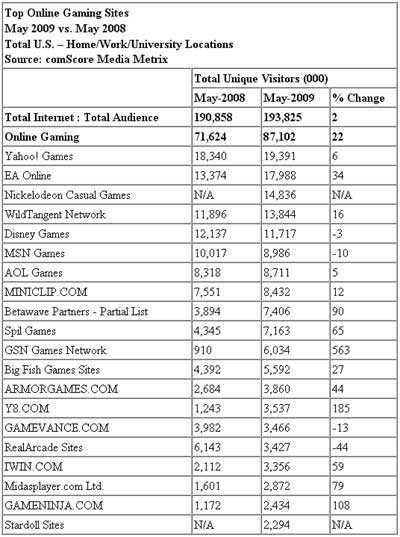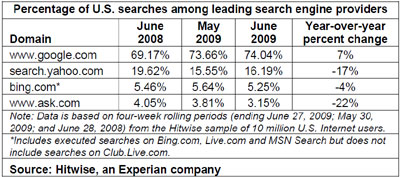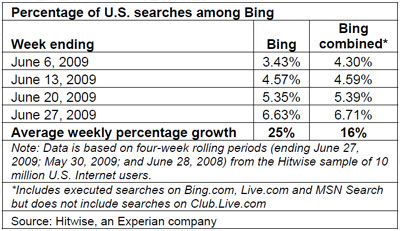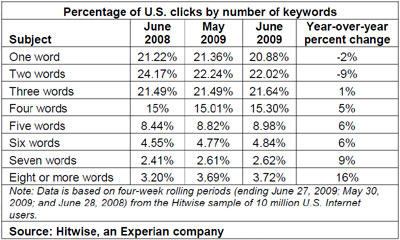Google Labs has launched an interesting new gadget that allows users to create a Google Checkout store in gadget form to use on their blog or web site. According to Google the process is as simple as three easy steps:
1. Sign up for a Google Checkout account
2. Fill out a Google Docs Spreadsheet
3. Set up and insert you gadget
Sounds easy enough. Easily create an online store using a Google Docs spreadsheet. Interesting indeed. "No complicated coding or technical tasks are required," says Google on the gadget's homepage. "You can get your first online store up-and-running in under five minutes."
As business owners and non-business owners alike look to sell stuff online to make money online in a less than ideal economy, a simple way of setting up a store can be just the ticket. With this gadget, once users sign up for Google Checkout, they can list their products in the spreadsheet and manage their inventory right in Google Docs.
The gadget itself can be embedded anywhere, which could be incredibly useful, particularly to those sellers who operate more than one site. In fact, online business owners are often encouraged to blog. Wouldn't it make sense to have the store embedded right on the blog, for easy access? I think it would in many cases.
The gadget comes in three different sizes - large, small, and tiny. Here is how they look in comparison to one another:



When it comes to making the spreadsheet available to customers, you can do this by clicking "share" in the upper right-hand corner in Google Docs Spreadsheets. Then you choose "publish as a web page" from the drop down menu, and make sure that the "automatically re-publish when changes are made" option is checked. Then just click "start publishing".
If you have any trouble using it, Google runs down the whole process here. They have also set up a Google Checkout store gadget forum.
It should be noted that this gadget being a project of Google Labs means that it is still in the experimental stage. Does that mean you can't use it? Of course not. Let's not forget that Gmail just left its "beta" status this year. But with the gadget being a lab, just know that it could have bugs.
 "EFT is quick and easy to set up. When payments are issued, there's no need to wait for the delivery in the mail -- the funds appear in your bank account shortly after they're issued," she adds. "That means if we processed a payment for you this month, your earnings would be in your bank account already."
"EFT is quick and easy to set up. When payments are issued, there's no need to wait for the delivery in the mail -- the funds appear in your bank account shortly after they're issued," she adds. "That means if we processed a payment for you this month, your earnings would be in your bank account already."

 Also, Postal Services CEO Peter Fenton said in a statement, "This will increase our ability to work collaboratively." And he claimed, "Google Apps will help us retain our people and attract the next generation of talented graduates."
Also, Postal Services CEO Peter Fenton said in a statement, "This will increase our ability to work collaboratively." And he claimed, "Google Apps will help us retain our people and attract the next generation of talented graduates."


 Eric Schmidt also stated, "Google had a very good quarter, especially given the continued macro-economic downturn. While most of the world's largest economies shrank, Google's year-over-year revenues were up 3%. These results highlight the enduring strength of our business model and our responsible efforts to manage expenses in a way that puts us in a good position for the economic upturn, when it occurs."
Eric Schmidt also stated, "Google had a very good quarter, especially given the continued macro-economic downturn. While most of the world's largest economies shrank, Google's year-over-year revenues were up 3%. These results highlight the enduring strength of our business model and our responsible efforts to manage expenses in a way that puts us in a good position for the economic upturn, when it occurs." 





 Groups involved are the American Association of Advertising Agencies (AAAA), the Association of National Advertisers (ANA), the Direct Marketing Association (DMA), the Council of Better Business Bureaus (BBB), and of course the Interactive Advertising Bureau (IAB).
Groups involved are the American Association of Advertising Agencies (AAAA), the Association of National Advertisers (ANA), the Direct Marketing Association (DMA), the Council of Better Business Bureaus (BBB), and of course the Interactive Advertising Bureau (IAB).








